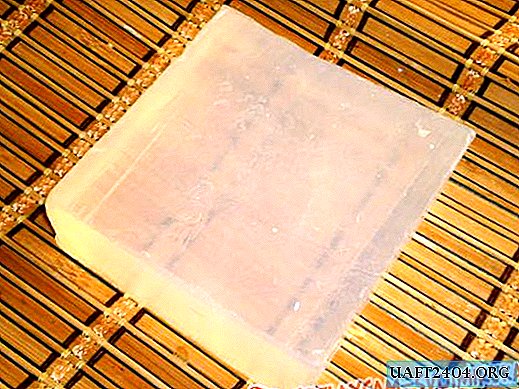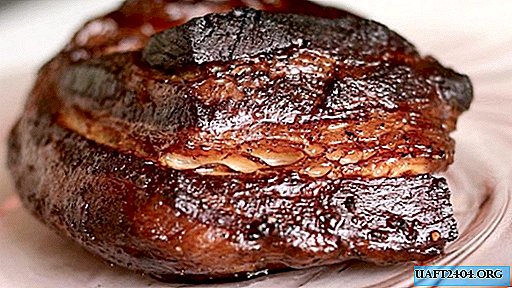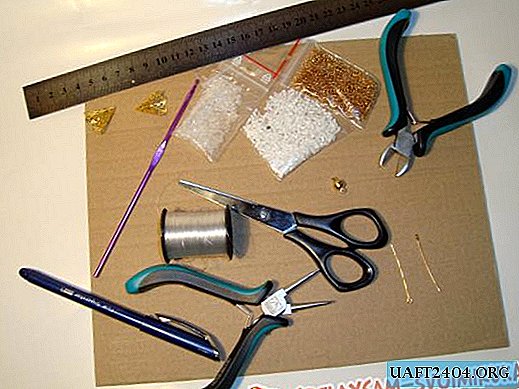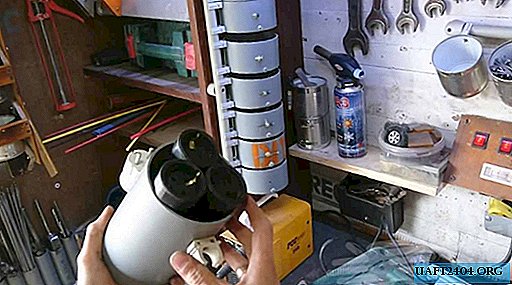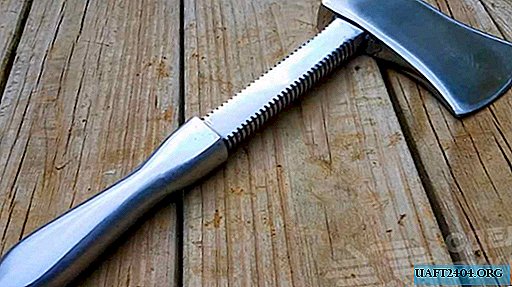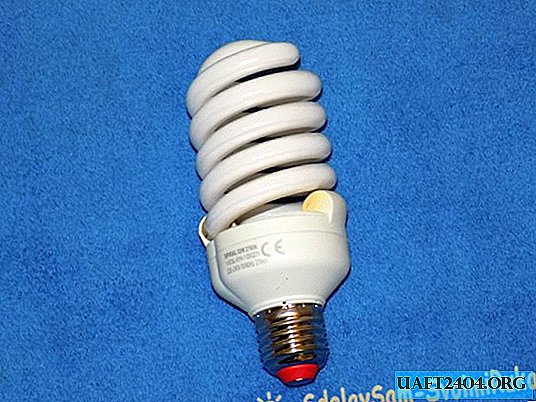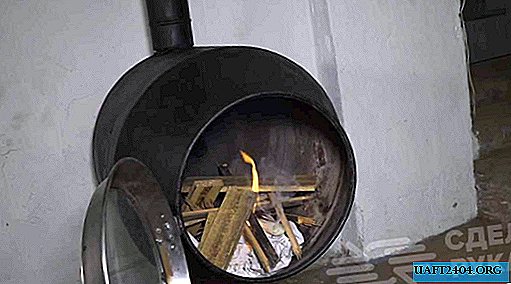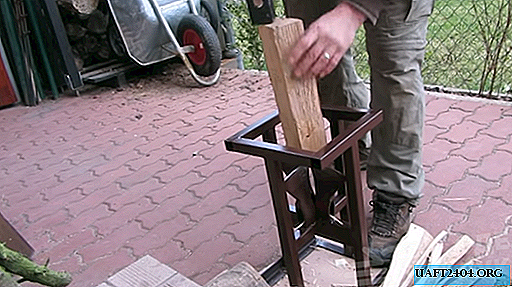Share
Pin
Tweet
Send
Share
Send
Materials
First you need to decide what the hare will look like. There are a lot of options. You can sew a primitive toy without an outfit or make a dress. The main thing is to approach the gift with imagination and fiction.
List of required materials:
- Cotton fabric for the body. In this case, white chintz was used.
- Fabric for dress. You can use fabric of any texture and color. It is advisable to add lace.
- Red cloth. It will take a very small segment for sewing the heart.
- Synthetic winterizer. Any synthetic filler will do.
- Beads. Used for the eyes and nose, in extreme cases, they can be drawn.
- Buttons They are used for decorative purposes, they close the junction of the arms and legs with the body (4 pieces per tone of the main fabric).
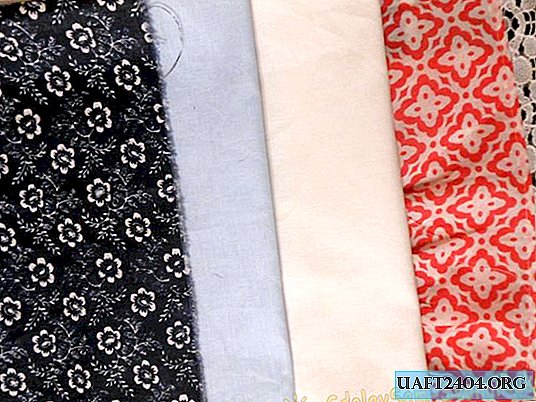
Working process
Before starting work, you should familiarize yourself with the attached pattern pattern.

When cutting, you can use scissors that process the edges of the fabric in a zigzag pattern. In this case, the material will not crumble, ordinary tailor's scissors are quite suitable. Seam allowances - 0.5 cm.
1. Preparation. Paper parts are printed and cut out.
2. Cut the fabric. The fabric folds in half with the front side inward. Details are fastened with pins, an allowance for seams is noted, then they are cut out.

An interesting option, when 2 parts of the ears are cut out of fabric, another 2 parts of lace. As a result, the front part of the ears will be lace, and the wrong side will be lace.
3. Stitching body parts. Torso parts are folded with the front side inwards, stitched around the entire perimeter. Exception: a place for the ears at an equal distance from the middle of the head, the bottom of the product. The legs and handles are sewn so that one side remains open. The ears are folded facing inwards and stitched around the entire perimeter, except for the top line.

4. Filling the body with a synthetic winterizer. Parts are turned out, carefully stuffed with filler through open sections. Then they are sewn by hand with small stitches, except for the space for the ears.

5. The connection of body parts. If the product will look like a primitive toy, then all parts of the body are sewn - pens, legs, ears. If the bunny is in the dress, then the handles are not yet sewn.
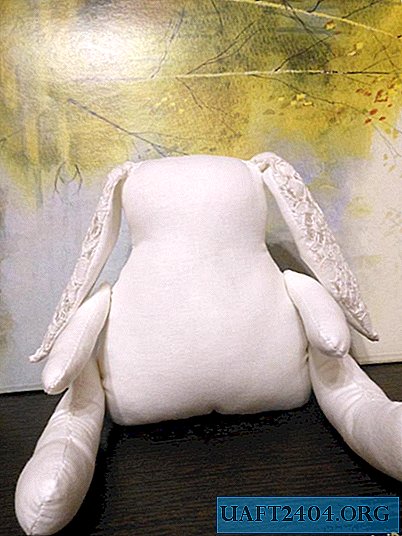
6. Production of dresses. A rectangular piece of fabric is taken (length - about 38 cm, width - 8 cm). You can process the bottom of the dress with lace. The rectangle is folded facing inward and sewn along the seam. The upper section is processed by a hem seam. The product turns out, the processed rectangle of fabric turns out, without open sections.

7. Sewing dresses to the body. The fabric is worn on a bunny and sewn by hand to the body. In this case, the upper cut is added to the folds.

8. Sewing on pens. Handles are sewn on top of the dress. The joints are decorated with buttons, as are the legs.

9. Finishing elements. Decorate the upper section of the dress with lace, this will close the junction. The ears can be complemented with bows or lace flowers. Eyes are sewn onto the muzzle - beads and nose.

10. Making a heart. From the red fabric 2 details of the heart are cut out, which are folded with the front side inward. Details are stitched, turned out and filled with padding polyester. The slice left for filling is sewn by hand. The heart is sewn to the legs with neat stitches.

Bunny Lyubasha is ready, she is the personification of love and tenderness!
Share
Pin
Tweet
Send
Share
Send

